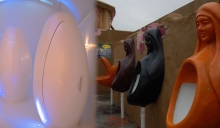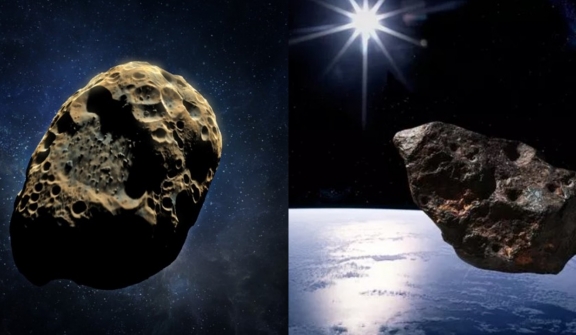
NASA has issued a warning about a massive asteroid, nearly the size of the Great Pyramid of Giza, that will skim past Earth today.
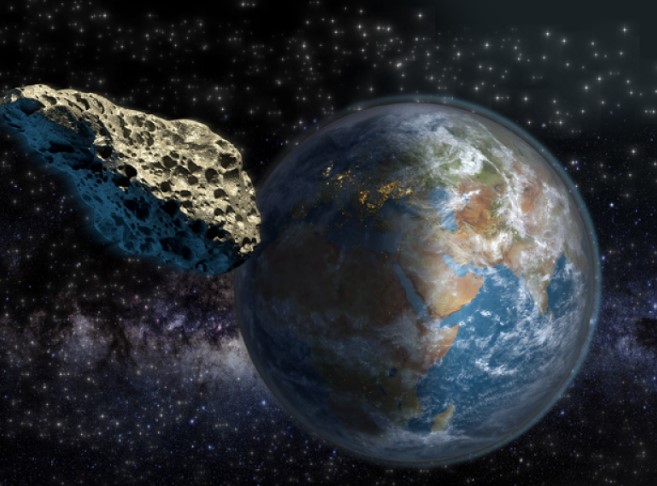
The 120m (394ft) asteroid, scientifically named 2024 JZ, will pass the planet at a staggering speed of 56,000 mph (90,123) - 65 times faster than a bullet.
According to NASA, this asteroid will safely pass Earth at a distance of 2.6 million miles (4.2 million km).
Although this might sound far away, NASA still classifies the asteroid as a 'near-Earth object' (NEO).
NEOs are comets and asteroids that have been nudged by the gravitational attraction of nearby planets into orbits that allow them to enter the Earth's neighbourhood.
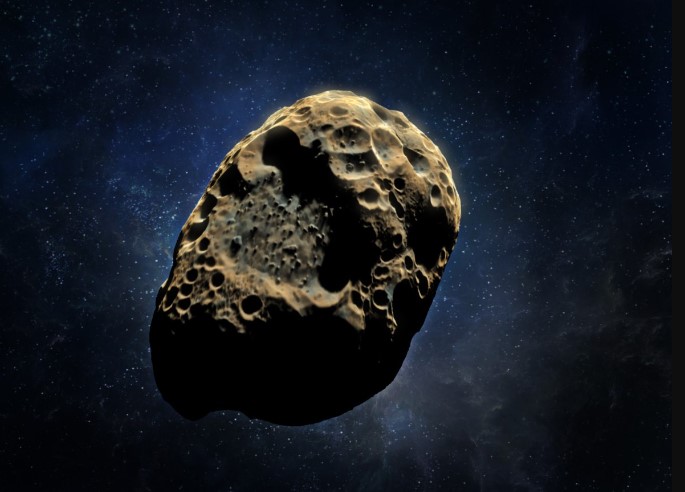
NASA explained: 'NEOs are comets and asteroids that have been nudged by the gravitational attraction of nearby planets into orbits that allow them to enter the Earth's neighbourhood."
They are composed mostly of water ice with embedded dust particles.
Comets originally formed in the cold outer planetary system while most of the rocky asteroids formed in the warmer inner solar system between the orbits of Mars and Jupiter.
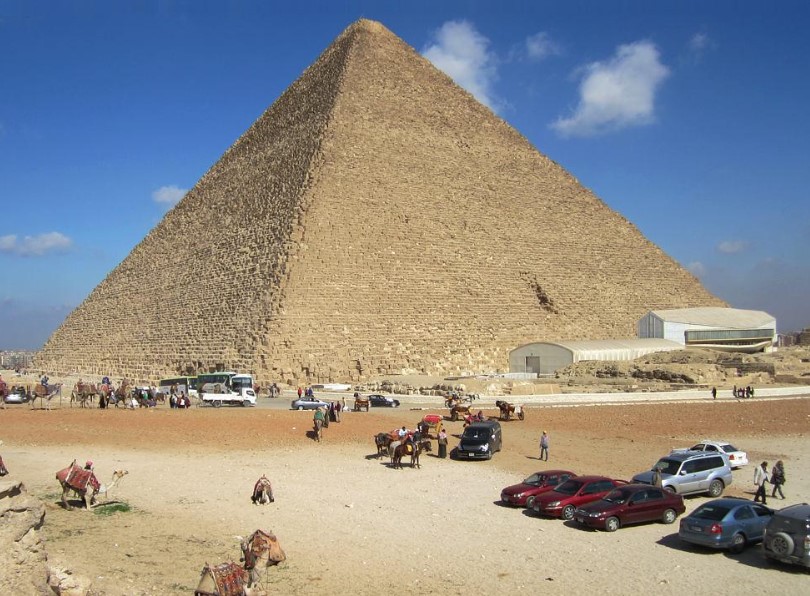
Asteroids are defined as 'potentially hazardous' if they come within 0.05 astronomical units (4.65 million miles) of Earth and are larger than 140 meters (459 feet) in diameter.
NEOs are monitored by a network of professional and volunteer astronomers who detect objects passing through the solar system.
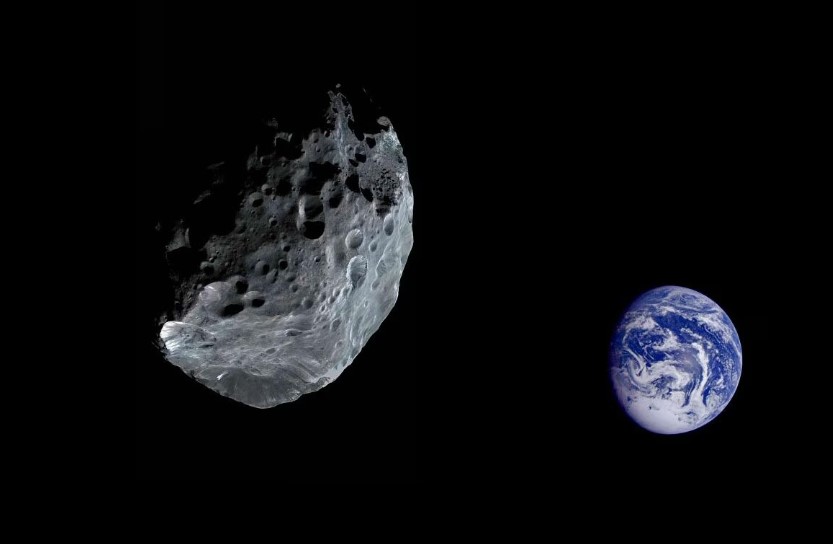
Through their efforts, dozens of NEOs are spotted each month and their paths are predicted with a high degree of accuracy.
In fact, large objects such as 2024 JZ passing through Earth's orbit are so routine that the ESA lists this asteroid as a 'very frequent event'. Each year, the Earth even passes through several dense clouds of debris left by comets, which create meteor showers like this month's Eta Aquariids.
According to the Daily Mail, Juan Luis Cano, of the ESA's Planetary Defence Office, confirmed that Earth is 'absolutely' safe.
While today's close encounter is not a concern, there is a risk of an impact at some point in the future.
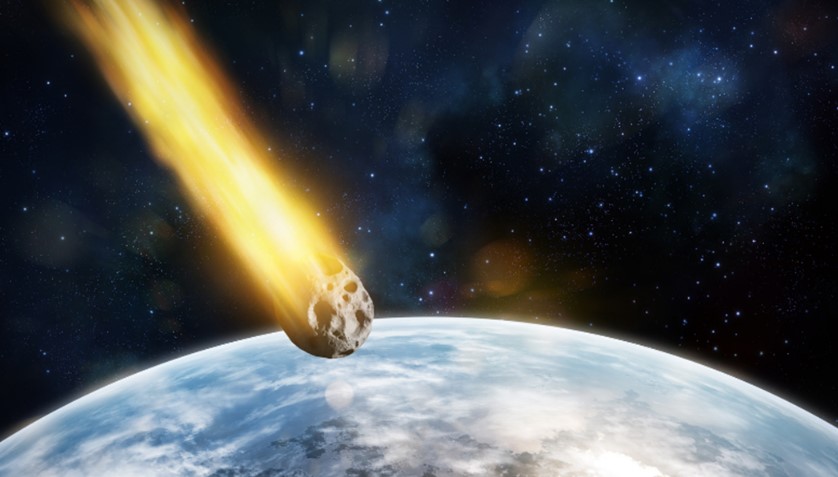
During the 1908 Tunguska Event, an asteroid less than half the size of 2024 JZ exploded over an area of Siberian forest, flattening 830 square miles of trees.
In November 2021, the space agency launched the DART mission, which sent a satellite ploughing into the side of Dimorphos, an asteroid around 6.8 million miles (10.9 million km) from Earth.
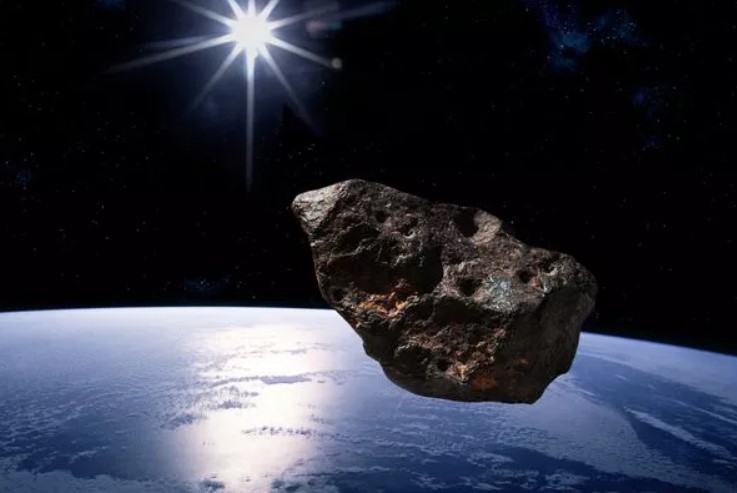
This test showed that by hitting an asteroid with a small satellite early enough, the small impact could push it into a safe orbit by the time it reaches Earth.
Dr Bloomer says: 'If you can get to it faster and further in advance then you actually need to make a smaller impact to make a bigger deflection over time.
'Whereas if you've got something that you don't detect until particularly late, then you've got to make more efforts to deflect it in time.'
While this mission may have only been a rehearsal, it proved that the planet could be saved with enough prior warning.


